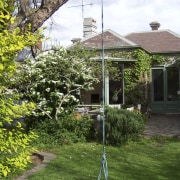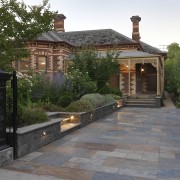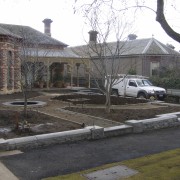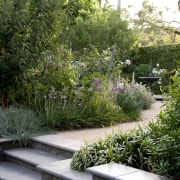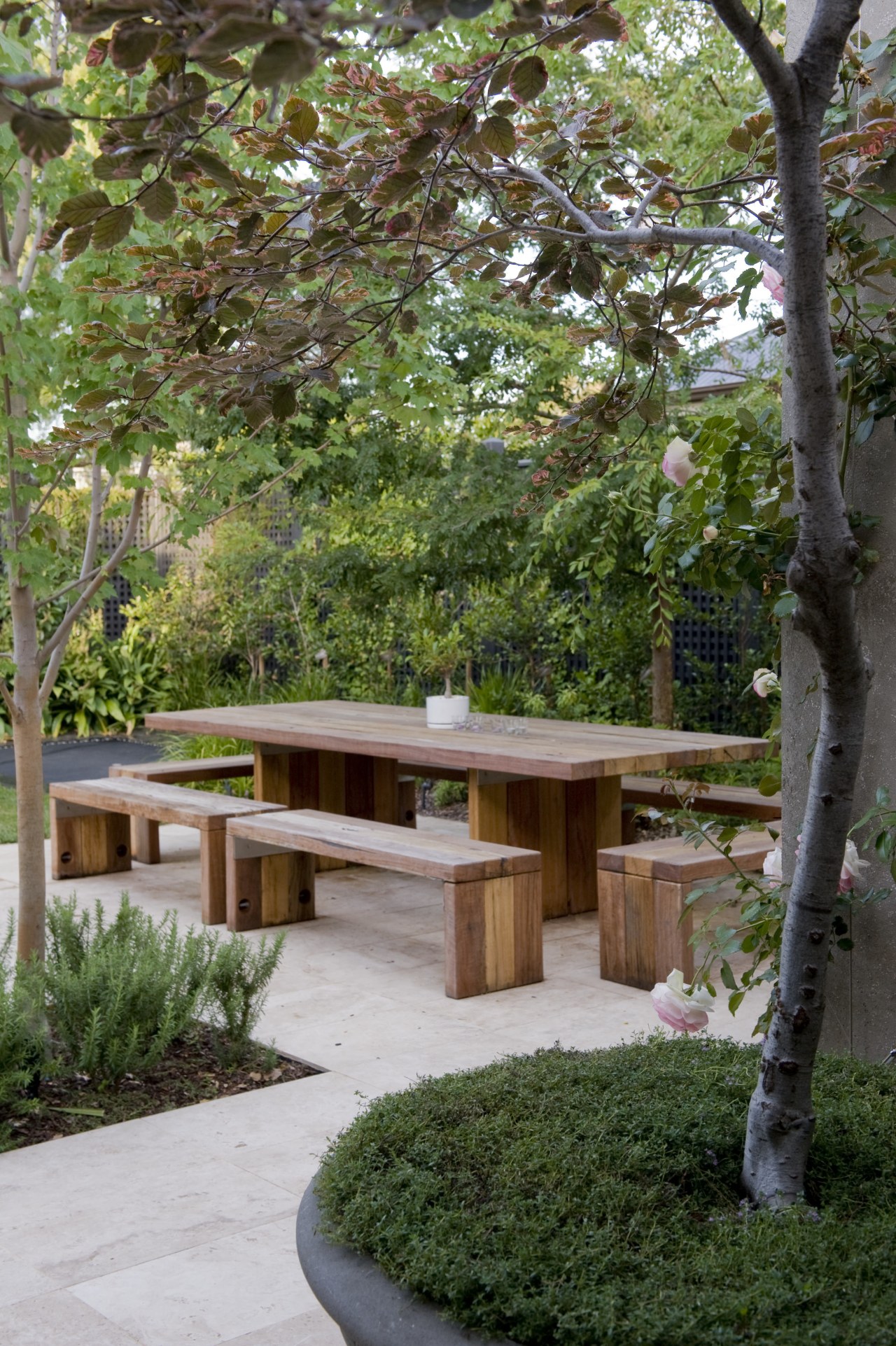Pocketful of posies
The traditional cottage garden at the front of this Victorian villa belies the more formal, structured landscape at the rear
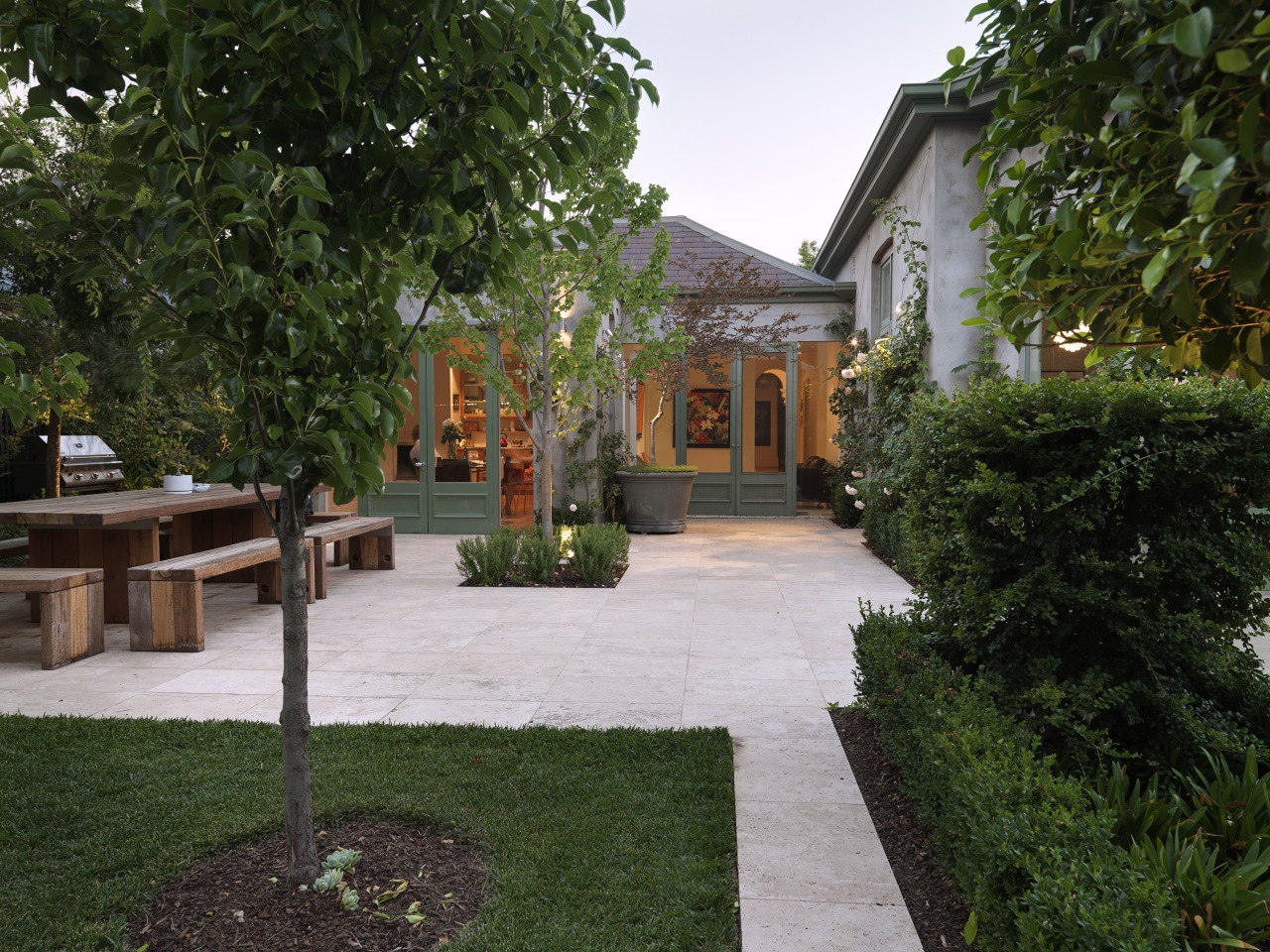
Designing a new garden for a character villa that dates back to Victorian times poses many challenges. Do you match the landscape to the original 1800s garden, or opt for something more contemporary?
For the new owners of this property, the solution was straightforward. The front garden would replicate a traditional cottage garden, while the rear landscape would reflect a more formal, structured design one that would be better suited to modern lifestyles and the needs of a growing family.
Landscape designer Robert Boyle says the existing property was an overgrown and neglected Victorian garden with a gravel driveway and decrepit trees and hedges. The land was also uneven, with a slight slope from one side of the property to the other.
"The entire garden needed to be renovated and upgraded," Boyle says. "But at the same time, it was important to respect the Victorian history of the house and its period features."
A new cast iron fence, similar to original Victorian fences in the neighbourhood, was introduced to the front of the property. This is mounted on a base of bluestone a material that also forms a low retaining wall beside the new slate driveway.
"Slate and bluestone were used extensively for houses and roads in Melbourne in the 1880s," says Boyle. "Even the cobbled lane behind this house features bluestone."
The designer also introduced granite sand pathways to the front of the property that are in keeping with traditional garden paths. A cast iron and stone fountain forms a focal point the path around the fountain is planted with the seaside daisy erigeron, which looks as though it has naturally self seeded.
In levelling the front garden, Boyle says the owners took the opportunity to install three large water tanks beneath the ground, which store 15,000 litres of rainwater collected from the roof of the house. Although the tanks provide irrigation for the garden, Boyle says plants were chosen for their drought tolerance.
Plants in the front garden include dwarf white agapanthus, oak-leafed hydrangea, liriope, mauve-flowering poor man's garlic, eumorphia, lamb's ear, lavender, roses and irises. Tree species, which were chosen for their small size, include flowering cherries, crabapples, maples, birches and crepe myrtles.
"I tend to prefer the subdued, mellow tones of grey, mauve, blue and white in the garden, as they are more restful," says Boyle.
The rear garden was also levelled to provide several defined areas. These include an outdoor living area, trampoline pit, swimming pool, cricket pitch, small basketball court and a garden shed.
"It was essential to maximise the functional space, to cater to the needs of a busy and boisterous family," says Boyle. "The swimming pool was made as large as possible so the family could swim lengths. The pool was also positioned to allow for plenty of play and living areas."
The planting was designed to conceal a large house to the rear, while ensuring the owners could enjoy a borrowed landscape, including a picturesque palm tree. Rows of pleached Manchurian pear and Ficus hillii trees around the pool are underplanted with box hedging, agapanthus and Luma apiculata.
A variety of plants surrounds the travertine-paved outdoor seating area. These include the climbing rose Pierre De Ronsard, wisteria, white azaleas, port wine magnolias and rosemary.
Credit list
Pool
Paving
Landscape supplies
Plant suppliers
Story by: Colleen Hawkes
Photography by: Andrew Ashton Pocketful of posies The traditional cottage garden at the front of this Victorian villa
Home kitchen bathroom commercial design
Personality plus
Diving into nature
Classic looks, contemporary efficiency




